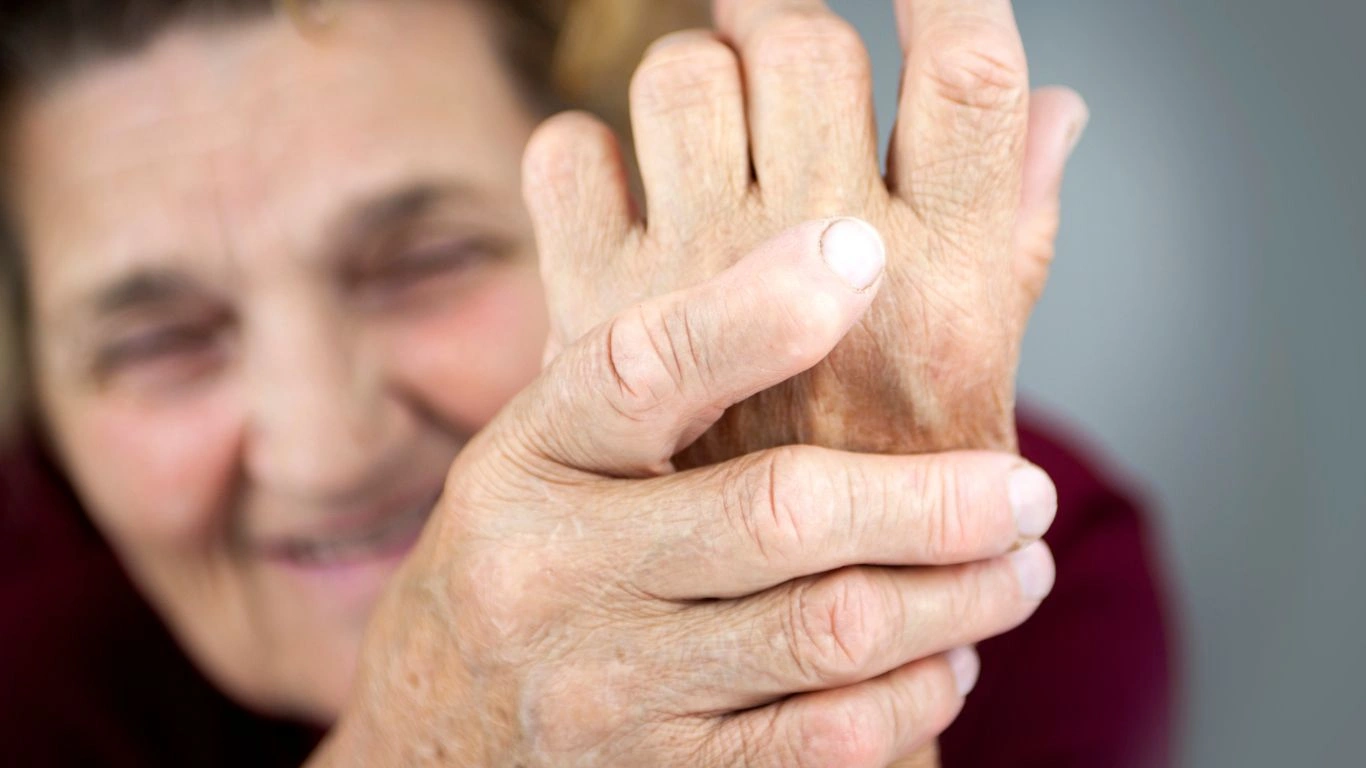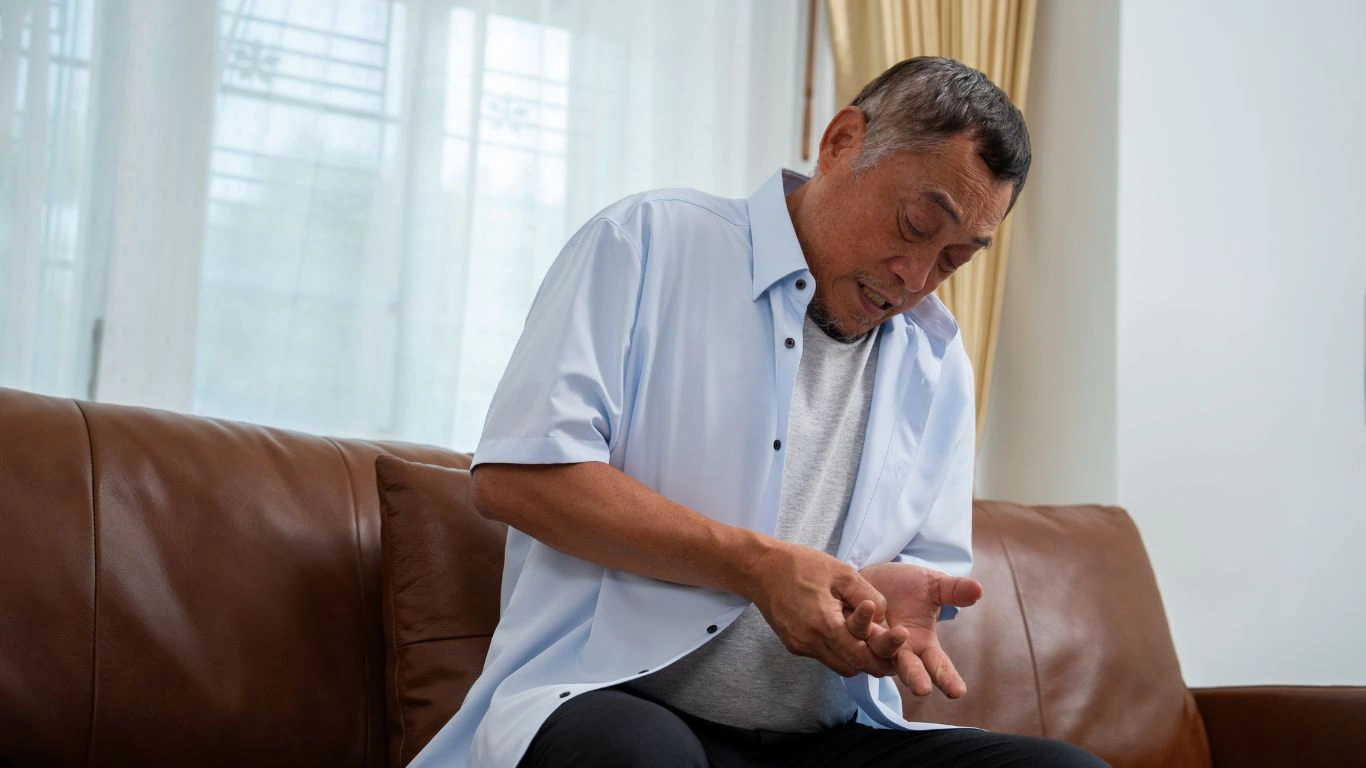Improve Joint Function with Rheumatoid Arthritis: Proven Relief Strategies
Living with rheumatoid arthritis (RA) is like being in a relationship with a very unpredictable partner. One day, your joints feel decent, and the next—bam!—you’re stiff, sore, and questioning all your life choices. If you’re wondering how to improve joint function with rheumatoid arthritis, trust me, you’re not alone. As someone who has worked closely with RA patients for years, I know that managing joint health isn’t just about popping pills—it’s about a complete lifestyle shift. And guess what? It’s totally possible to reclaim mobility and get back to doing the things you love.
Understanding Joint Function in Rheumatoid Arthritis

Before we dive into practical strategies, let’s break down what’s actually happening inside your body. RA is an autoimmune condition, which means your immune system—meant to protect you—gets a little confused and starts attacking your joints instead. This leads to inflammation, stiffness, pain, and over time, joint damage.
But here’s the good news: while RA can’t be cured (yet!), it can be managed. The key? Focusing on joint function. When your joints move better, life feels better.
How to Improve Joint Function with Rheumatoid Arthritis

1. Move It or Lose It – Exercise That Works for RA
I know, I know. Exercise might be the last thing you want to do when your joints are screaming. But trust me—movement is medicine. Gentle, targeted exercise keeps your joints flexible and your muscles strong, which helps support those tricky areas.
- Low-Impact Cardio: Walking, swimming, or cycling keeps your joints moving without excessive strain.
- Range of Motion Exercises: Simple stretches can reduce stiffness and improve flexibility.
- Strength Training: Resistance bands or light weights help maintain muscle mass and joint stability.
- Yoga & Tai Chi: These aren’t just for relaxation—they enhance balance, flexibility, and reduce stress on your joints.
When I worked with patients hesitant about exercise, I’d always start them with the “10-minute rule.” Just try moving for 10 minutes—if you feel better, keep going. If not, adjust and try a different approach.
2. The Power of Anti-Inflammatory Nutrition
You are what you eat, and your joints know it. Certain foods fuel inflammation, while others help calm the storm. A few golden rules for RA-friendly eating:
- Load up on Omega-3s: Fatty fish like salmon and chia seeds help fight inflammation.
- Go for Color: Bright veggies and berries pack antioxidants that protect your joints.
- Spice it Up: Turmeric and ginger have natural anti-inflammatory properties.
- Limit Processed Junk: Processed foods, sugars, and trans fats can trigger flare-ups.
One of my patients swore that cutting out soda and processed sugar was a game-changer for her morning stiffness. Every body is different, so it’s worth experimenting to see what works best for you.
Hands-On Help: Assistive Devices & Joint Protection

Sometimes, no matter how strong you are, your joints just need a little help. That’s where assistive devices and joint protection techniques come in. These aren’t just “tools for old people”—they’re smart strategies to keep your joints from overworking.
3. Use the Right Tools
From ergonomic kitchen gadgets to voice-activated tech, small changes can make a big difference. Some of my favorite tools for RA patients include:
- Jar Openers & Adaptive Utensils: Reduce strain on your hands.
- Button Hooks & Zipper Pulls: Make dressing easier on stiff fingers.
- Electric Can Openers: Because who has time to wrestle with a stubborn can?
- Smart Home Tech: Voice-activated lights and appliances minimize hand use.
One of my clients used to struggle opening doors until she switched to lever handles instead of round knobs—sometimes, the simplest tweaks have the biggest impact.
4. Master the Art of Joint Protection
The way you move matters. Protecting your joints doesn’t mean avoiding activity—it means using them wisely. A few golden rules:
- Use Larger Joints: Carry a bag with your forearm, not your fingers.
- Keep Things Close: Avoid reaching and stretching too far.
- Take Breaks: Alternate between movement and rest.
- Good Posture is Everything: Poor posture puts unnecessary strain on your joints.
It’s all about working with your body, not against it.
Case Studies & Real-Life Examples

It’s one thing to talk about strategies for improving joint function with rheumatoid arthritis, but let’s be real—you want to know if this stuff actually works. So, let me share a couple of real-life stories from people who have made incredible progress despite their RA diagnosis.
Mary’s Story: From Stiff Mornings to Active Evenings
Mary, a 52-year-old teacher, used to wake up every morning feeling like the Tin Man—stiff, sore, and barely able to move. She was skeptical about exercise because she thought it would make the pain worse. But after starting with just five minutes of gentle stretching in the morning, she noticed a difference. Within two months, she was swimming three times a week, and today, she says she feels stronger than she has in years. Her secret? Consistency and listening to her body.
John’s Journey: The Power of Small Changes
John, a 60-year-old retired firefighter, had a tough time accepting his RA diagnosis. He was used to an active lifestyle, and the idea of slowing down frustrated him. But instead of giving up, he adapted. He switched to an anti-inflammatory diet, started using assistive tools to reduce joint strain, and made sure to take regular breaks during physical tasks. Today, he still enjoys working on his car and going on hikes—just with a few smart adjustments.
Key Takeaways: What You Need to Remember
There’s a lot to digest when it comes to managing rheumatoid arthritis and improving joint function. But if you take away anything from this article, let it be these key points:
- Movement is essential: Find exercises that work for you and stick with them.
- Eat to reduce inflammation: Your diet plays a huge role in how your joints feel.
- Listen to your body: Rest when needed, but don’t let inactivity take over.
- Support your joints: Use assistive devices and ergonomic tools to make life easier.
- Consistency beats intensity: Small, sustainable changes add up over time.
FAQs
1. What’s the best exercise for RA?
The best exercise is the one you’ll actually do! Low-impact activities like swimming, yoga, and walking tend to be great for RA, but listen to your body and adjust as needed.
2. Can diet really help with joint pain?
Absolutely. A diet rich in anti-inflammatory foods like fatty fish, leafy greens, and nuts can significantly reduce flare-ups. Avoid processed foods and added sugars, as they can trigger inflammation.
3. How can I protect my joints during daily activities?
Use larger joints for lifting, avoid repetitive motions, take frequent breaks, and consider assistive tools like jar openers and ergonomic keyboards.
4. Should I take supplements for RA?
Some people find relief with supplements like turmeric, omega-3s, and glucosamine, but always check with your doctor before adding anything new to your routine.
Bonus: Additional Resources & DIY Tips
Want to dive deeper into RA management? Here are some extra resources to check out:
- Arthritis Foundation – Great research and community support.
- Mayo Clinic – Trusted medical information on RA treatment.
- NHS Rheumatoid Arthritis Guide – A breakdown of symptoms, treatments, and lifestyle tips.
And if you’re looking for DIY ways to make life easier with RA, try these:
- DIY Hot & Cold Therapy: Use a homemade rice sock for heat therapy or a frozen water bottle for cold relief.
- Epsom Salt Soaks: Soaking in warm water with Epsom salts can help soothe sore joints.
- Foam Grips for Tools: Wrap household tools in foam padding to reduce strain on your hands.
Appendix: References, Disclaimer & Call to Action
For further reading, check out these expert sources on RA management:
Disclaimer: This article is for informational purposes only and is not a substitute for professional medical advice. Always consult with your healthcare provider before making changes to your treatment plan.
If you found this guide helpful, share it with someone who could benefit! And if you have any questions or personal experiences to share, drop them in the comments below—I’d love to hear from you!
#LNF

Tarra Nugroho is a dedicated Nurse Practitioner with a strong foundation in family and preventive care. She brings both compassion and clinical expertise to her practice, focusing on patient-centered care and health education. As a contributor to Healthusias.com, Tarra translates medical knowledge into clear, empowering articles on topics like women’s health, chronic disease management, and lifestyle medicine. Her mission is simple: help people feel seen, heard, and informed—both in the clinic and through the content she creates. When she’s not caring for patients, Tarra enjoys weekend hikes, plant-based cooking, and curling up with a good health podcast.






